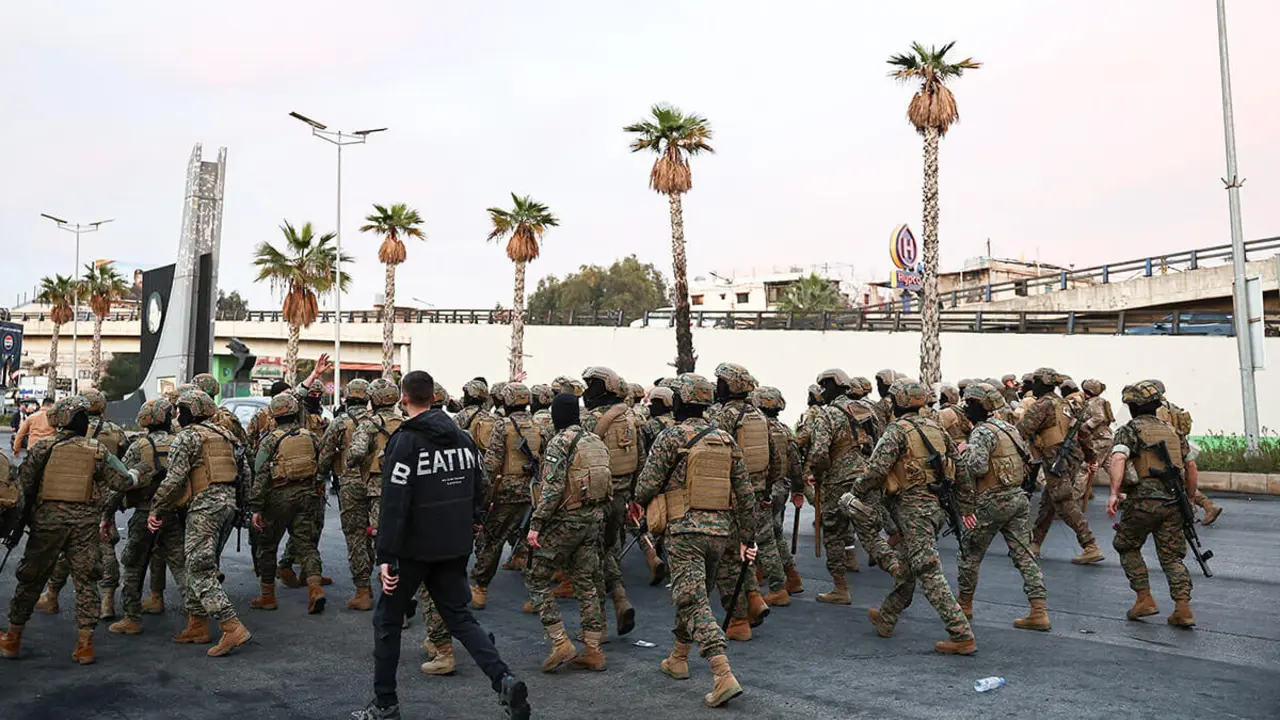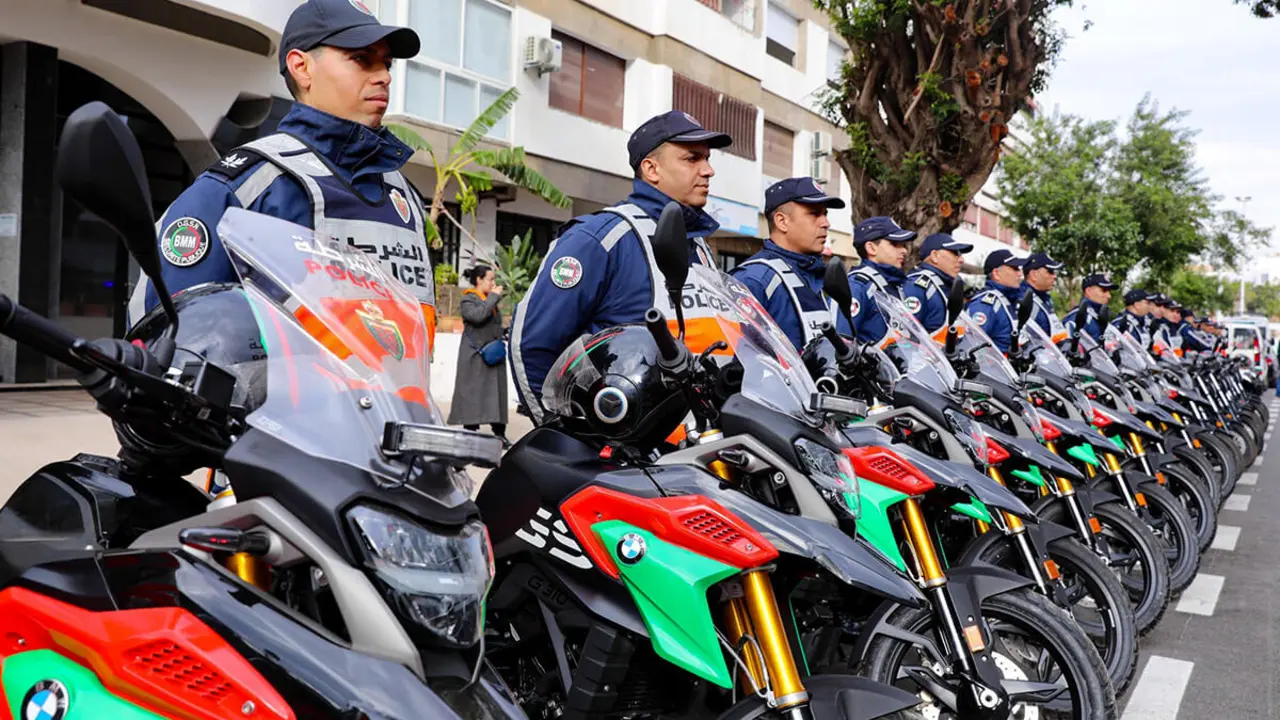The relationship between transnational organised crime and white-collar crime

The link between transnational organised crime and white-collar crime in its connection with economic crime. If the great damage caused by this crime is already well known when it is linked to an organised and transnational modality, the consequences are incalculable, especially from a financial point of view.
Given the scarcity of agreements on the content and regulation, we are faced with a complex concept, with disparate regulation, and the European Union has tried to harmonise and build common criminal policies between states.
These crimes, the attempts at modulation and the global society have led criminal law to an internationalisation that makes it necessary to distinguish between transnational and international crimes1.

On the one hand, international crimes, from which an international criminal law emerges, which violate supranational legal goods, ius cogens norms. Not only domestic law is violated, but also international law, a universal law2.
This protects human rights. On the other hand, transnational crimes, which generally violate international law, damaging common legal goods, but whose effects transcend the borders of states. In this case, the interest is not so generalised and stems from the countries themselves, which set their own regulatory policies and reach agreements with others for criminal acts that cross borders.
Focusing purely on transnational organised crime, the United Nations Convention against Transnational Organised Crime of the year 20003 is presented as a milestone due to its concreteness, but already in 1975 it was pointed out as a crime that transcends the borders of national territories, that transgresses norms and has an impact on different countries4.

The 1975 United Nations Congress on Crime Prevention, while dealing with transnational organised crime, pointed out the importance of corporate crime (white-collar crime) and corruption; key points in current research. It was noted that these criminalities were seen as very serious problems in national economies.
However, the concept is not so simple to safeguard, while transnational crime is a fully legal concept, transnational organised crime is a criminological one5.
However, the European Union has continued to regulate cross-border crime due to the crime situation, which shows no signs of improving, with the numbers decreasing. However, the refusal of the states to cede competences, the different regulations and levels of penalties and sanctions, and the complex legal guarantees prevent the harmonisation of the European system, which has opted to enact Directives and Framework Decisions.

Leaving aside the evolution and succinctly the regulation, we focus fully on the link between the two modalities. However, the real connection is established when crimes under the "white collar" paradigm truly cross borders and states begin to include these criminal conducts in their legislation, although current criminal policies are not sufficient to put an end to the great damage they cause. Moreover, the lack of social reproach hinders progress.
In order to deal with transnational crime from the point of view of organised crime, an organisation is required for its perpetration, as well as structures of material and personal means (the number of members is expected to be greater than two).
While we find conducts that are imminently transnational, such as the trafficking of immigrants, arms, etc., others have been added, such as money laundering or crimes committed via the Internet, fraud and swindling6.

In transnational organised crime, there are two different types of conduct: firstly, that which gives rise to the crime and which is the main - illegal - business, and secondly, the administration of illegal activities as if it were a business or company7, benefiting from both types of conduct. Between the two, there are crimes which, in the same way that they cause a profit for the criminality, are a real harm to society, such as extortion, robbery, political corruption, forgery, fraudulent obtaining of business, etc., putting society and the economy at risk8.
By linking transnational organised crime with white-collar crime, a number of characteristics come to the fore. On the one hand, the absolute lack of consensus on white-collar crime does not imply that it cannot be found through cases of transnational organised crime. In cases of public or private corruption, in money laundering from illicit activities of fraud or embezzlement... where corporate trickery is used to get away with criminal investigations. However, not only does the criminal activity present complex, serious and different characteristics, but also the speciality of the perpetrator and his work relationship cloud the criminal prosecution, in addition to the evidentiary difficulties they present. The seriousness is at its highest level9. Dangerous criminal activities, committed by individuals with particularities different from conventional criminality, in an organised manner, with an international dimension and who have economic facilities to cover up the crime, to make it look legal or to face criminal prosecution.

Bibliography
BERDUGO GÓMEZ DE LA TORRE, I., “Acerca de la internacionalización del Derecho Penal”, en PÉREZ CEPEDA (Dir.), El principio de justicia universal: fundamento y límites, Valencia, Tirant lo Blanch, 2012, pp. 20-22.
INFORME de la Comisión Especial sobre la Delincuencia Organizada, la Corrupción y el Blanqueo de Dinero del Parlamento Europeo de 26 de septiembre de 2013, sobre la delincuencia organizada, la corrupción y el blanqueo de dinero: recomendaciones sobre las acciones o iniciativas que han de llevarse a cabo (informe definitivo). 2013. Consulta en: https://www.europarl.europa.eu/doceo/document/A-7-2013-0307_EN.html#title1
MÉNDEZ RODRÍGUEZ, C “Delitos objeto del principio de justicia universal: naturaleza y límites”, en PÉREZ CEPEDA, I, El principio de justicia universal: fundamento y límites, Valencia, Tirant lo Blanch, 2012, pp. 328-330.
ZUÑIGA RODRIGUEZ, L; “El concepto de la criminalidad organizada transnacional: problemas y propuestas”, Revista Nuevo Foro Penal, Vol. 12, Nº. 86, 2016, pp. 78-79.
ZÚÑIGA RODRÍGUEZ, L., “Derecho Penal de la seguridad: delincuencia grave y visibilidad”, Anales de la Cátedra Francisco Suárez. Protocolo I, 2021.
Alicia Rodríguez Sánchez, criminologist, researcher at USAL and collaborator of Sec2Crime Economic Crime Area.








